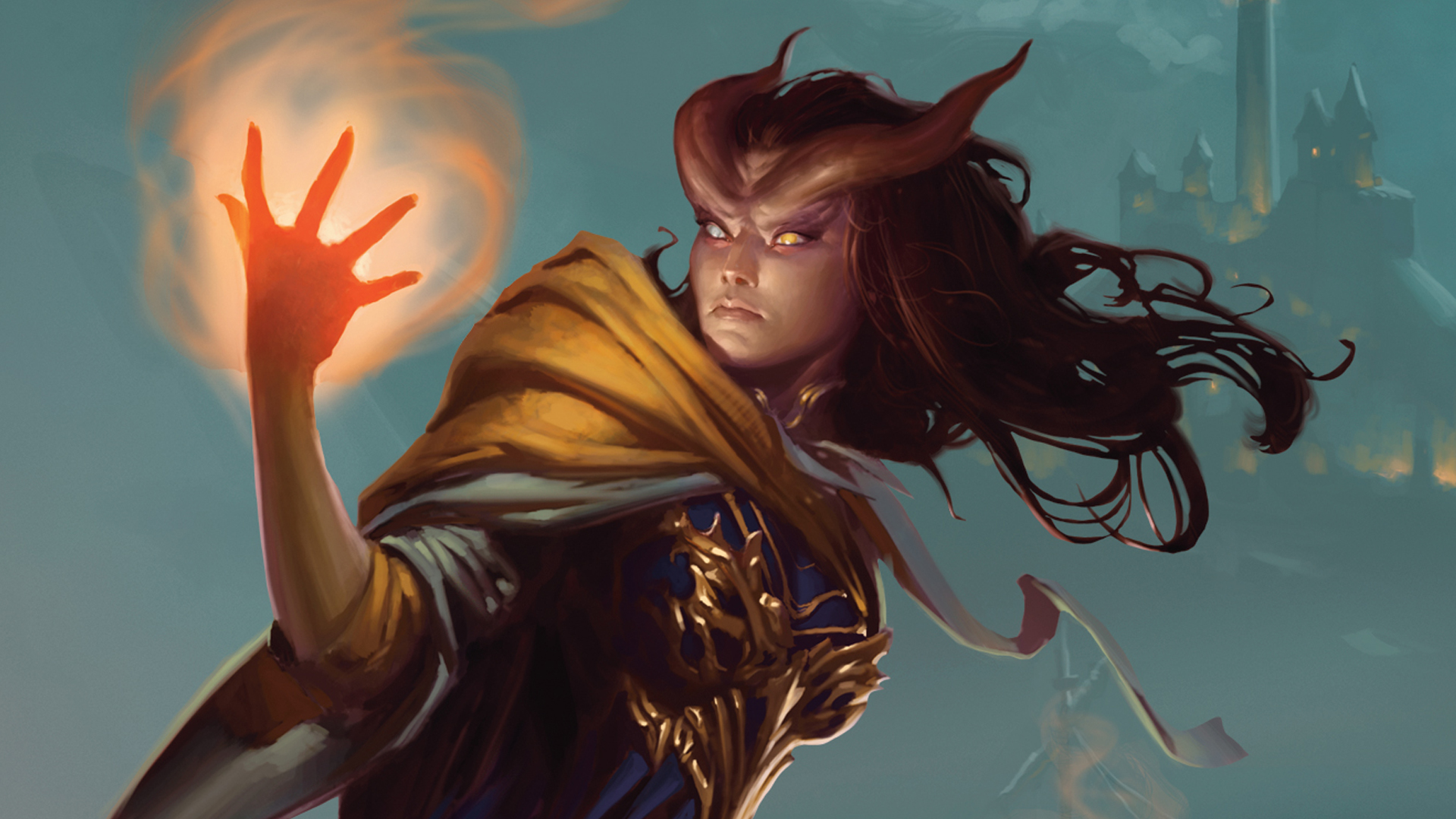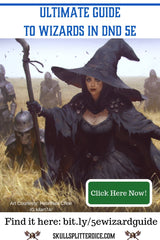

Monk (Way of the Four Elements)/Warlock (Great Old One patron, Pact of the Tome)/Cleric (Light) 4/4/4įighter (Battle Master)/Bard/Sorcerer (Draconic Bloodline)/Cleric (War) 8/1/1/1 Rogue/Ranger (Hunter)/Bard (College of Lore)/Sorcerer (Draconic Bloodline) 1/8/4/4 Rogue (Arcane Trickster)/Cleric (Knowledge) 13/1Ĭleric (War)/Warlock (Archfey patron, Pact of the Blade) 14/5 If you stick with fighter through level 3, you should probably stay with the class to level 5 for the ability score boost and the Extra Attack feature.

This combines brilliantly with the paladin’s Divine Smite feature. At 3rd, the Champion archetype scores critical hits on a roll of 19 or 20.

At 2nd, Action Surge lets fighter take an extra action once between rests. Levels 2 and 3 bring fewer rewards, but the features suit players who enjoy bringing big damage spikes. First-level fighters also gain Second Wind. Protection lets a shield-bearing character impose disadvantage on an attack against a character within 5 feet. The Protection style helps save your allies. The Defense style grants +1 AC and keeps your spellcaster from harm. The Archery style brings a +2 to ranged weapon attacks and benefits every sharpshooter. Characters who start as fighters gain heavy armor proficiency. The first level of fighter ranks as the most useful single level in fifth edition. As a drawback, your spellcaster will gain little benefit from the 13 Wisdom required to multiclass as a cleric. Unlike other classes that grant armor proficiency, a level of cleric keeps spellcasters on pace as they gain spell slots. Heavy armor demands Strength scores higher than any spellcaster needs, so most characters only benefit from the medium armor proficiency granted by every cleric domain. Update: In the comments, Rooneg raises an important point. At 1st level, these clerics can use Blessing of the Forge to add a +1 bonus to your armor or to a martial party member’s weapon. The Forge domain also grants new clerics heavy armor proficiency. Most spellcasters can find use a for that. At 2nd level, the domain grants Destructive Wrath, which lets a cleric use Channel Divinity to deliver maximum lighting or thunder damage.

Whatever your aim for your character, this list reveals the top 7 classes to add as a multiclass.įor spellcasters aiming to become much more durable, two cleric domains make a good start.Ī character who starts as a Tempest cleric gains heavy armor proficiency. For some players, multiclassing yields the flexibility to match a character’s story concept. Multiclassers who stop leveling a class at 1, 2, or 3 miss a key upgrade.ĭespite the offsetting drawbacks of multiclassing, just a level or two of a class can enrich a character. Until a character’s attack or spellcasting ability reaches 20, these ability boosts stand to improve almost every to-hit roll and to hinder every foes’ save. When single-class characters reach level 5, multiclass characters will fall behind until their main class hits level 5.Īt level 4, every class delivers a +2 ability score boost. Bards and warlocks gain Hypnotic Pattern. Barbarians, fighters, paladins, and rangers all get a second attack. Spellcasters who veer from their main class for more than 3 levels will never gain 9th-level spells. At most, they can use those slots to boost a lower-level spell. Characters reach spell slots based on the sum of their spellcasting classes, so they may gain slots of a higher level than any spell they know. The top level in each separate spellcasting class limits the highest level of spell a character can know or prepare, so every level of a multiclass slows progress to higher-level spells. Spellcasters pay the biggest price for multiclassing. So while each class brings goodies, characters that multiclass lose some advantages of focus. Every class level delivers new features or at least more spell slots. The first level of an additional class delivers fewer proficiencies. In fifth edtion, multiclassing isn’t so optimal. Classes tended to stack extra features at level 1 and sometimes suffered “dead levels” offering few benefits, so multiclass characters tended to outshine their single-class peers. In play, third edition fell short of balancing multiclassing. Ideally, D&D multiclassing strikes that balance. During the unveiling of third-edition Dungeons & Dragons, I saw a member of the design team say multiclassing offered tempting options for every character, but that every class offered enough rewards to make the choice to multiclass tough.


 0 kommentar(er)
0 kommentar(er)
